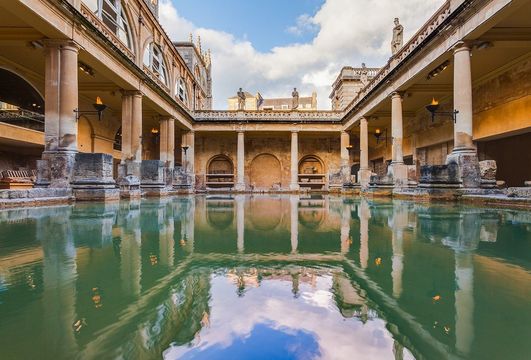
The Roman Baths, in Bath, Somerset.Diego Delso / CC
Our expert British travel writer's nine places that ought to be on every must-see list for anyone planning a trip to the United Kingdom.
Recently, I reflected on some personal favorite places and experiences I’ve garnered in nearly four decades of travel in Britain. The topic certainly should be focused on our loyal BHT readers like you. Subscriber studies indicate that our average reader has been to Britain many times. If you are dreaming or planning your next trip to Britain, here is my humble proposal of nine places on our lovely sceptered isle that ought to be on every must-see list.
Bath, Somerset
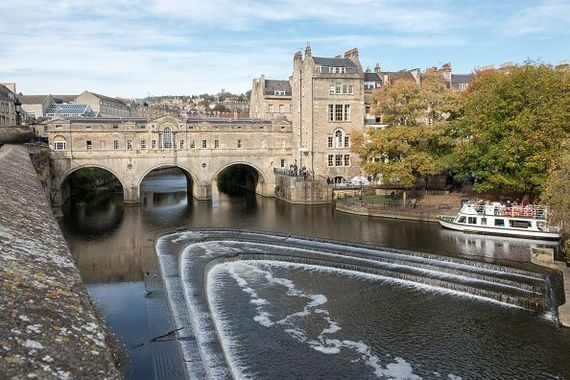
Bath, Somerset
I have often used the phrase “Jane Austen meets the Romans at Bath,” and that about sums it up. The Romans built a fashionable holiday resort around the natural hot mineral springs that bubble beneath the center of Bath. Today, it is among the most complete and evocative Roman complexes in Europe. Baths and temples spread below the surface of the contemporary city. Centuries after the Romans left, the Georgians did the same thing in the 1700s. Rich, influential gentry and aristocracy built extraordinary squares, boulevards, crescents, and public buildings that give their character to Bath today. A small city designed for visitors.
Edinburgh, Midlothian
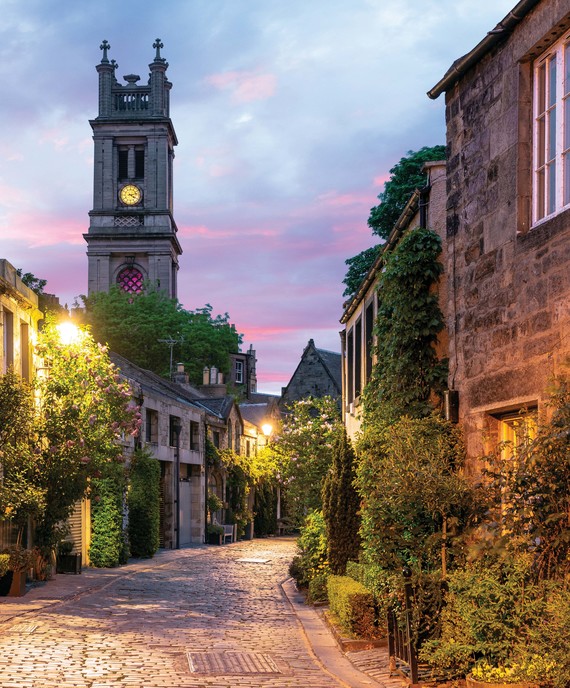
Edinburgh, Midlothian
Scotland’s capital city simply embodies the nation and its history. City of festivals and Hogmanay, Edinburgh retains a distinctive local character and an identity created by centuries of history. Catch the vibes in its entirety, and visit both the medieval Old Town and the Georgian New Town. Nothing quite captures the 18th-century city like the Georgian House on Charlotte Square. Across the valley of the Princes Street Gardens, the Royal Mile from Edinburgh Castle to the Palace of Holyroodhouse and the Scottish Parliament unpacks almost a millennium of Scotland’s eventful past.
Ironbridge Gorge, Shropshire
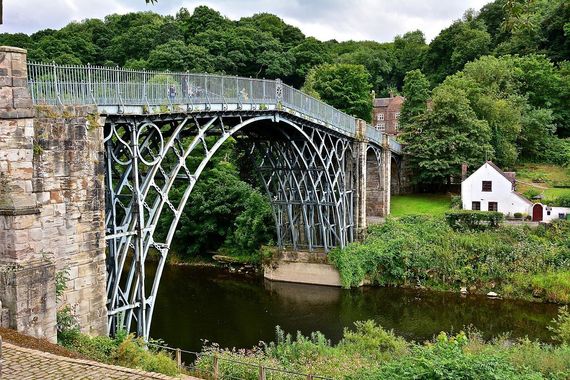
Ironbridge Gorge, Shropshire
Called rightly “The Birthplace of the Industrial Revolution, the narrow stretch of the River Severn now known as Ironbridge Gorge is a fascinating accident of geology. Rich seams of china clay, coal, and iron ore lay exposed on the steep valley sides. Ten museums along the river are testimony to the results after Abraham Darby first smelted iron with coke in 1790 and several industries flourished side by side. Besides Darby’s first furnace and the original and world’s first iron bridge, the Jackfield Tile Museum and the Museum of the River are great visits. The human story of the valley’s boom years is charmingly unpacked at Blists Hill Victorian Town.
Read more: Top ten industrial history museums in Britain
York, Yorkshire
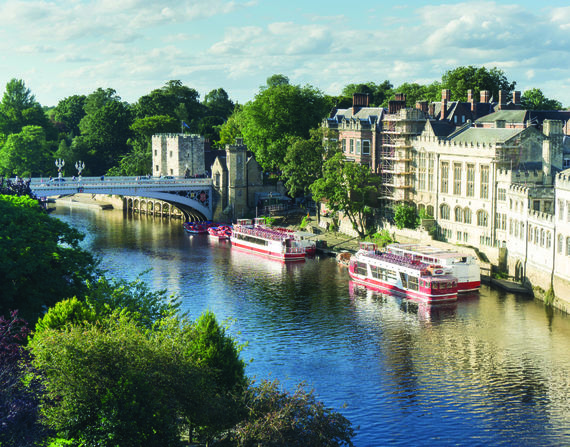
York, Yorkshire
I opined last issue that York was the best microcosm of English history that I know. That’s no reason not to include it here. Roman Eboracum, Viking Jorvik, and medieval York are all abundantly clear within the city’s walkable medieval walls—a walk that takes about two hours. York Minster has the world’s largest assemblage of ancient stained glass; the Castle Museum is considered one of the best folk museums in Europe; the National Railway Museum is a world-class transport showcase. Walk the Shambles, Petergate, and Stonegate; cruise on the Ouse or visit any of a dozen other fascinating museums of the city’s colorful history.
Portsmouth, Hampshire
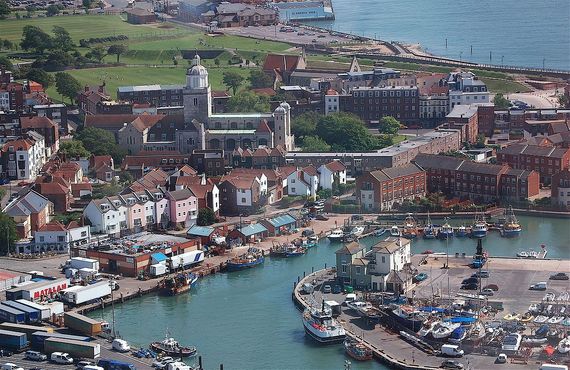
Portsmouth, Hampshire
American visitors rarely make Portsmouth an itinerary destination, but they should. It is a truism that Britain is an island nation with uniquely maritime heritage. Nowhere is this more clearly and appreciably in evidence than at Portsmouth, home of the Royal Navy. Portsmouth’s Historic Dockyard tells the tale, including three historic warships, Henry VIII’s Mary Rose, Lord Nelson’s flagship, HMS Victory, and the first ironclad, steam-powered battleship, HMS Warrior. Don’t miss Gunwharf Quays, the Spinnaker Tower, and the nation’s D-Day Museum at Southsea.
 10
10
Chatsworth, Derbyshire
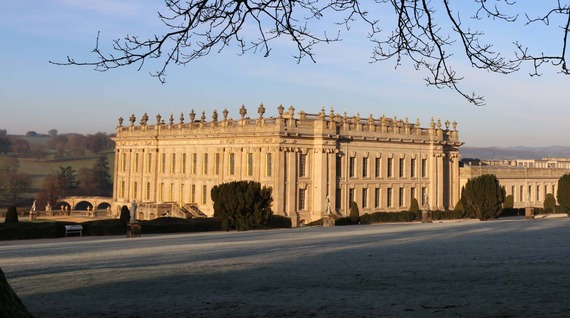
Chatsworth, Derbyshire
Stately homes, or at least showplace country mansions, abound across the island. I have visited scores and each has a great story to tell. For a single, dramatic visit to the grandest tier of such homes, do visit Chatsworth, “the Palace of the Peaks,” near Bakewell. Ancestral seat and home of the Duke of Devonshire, the estate spreads through parkland for miles encompassing villages and inns. Chatsworth House is an English Baroque mansion of 126 rooms with an elegantly appointed suite of staterooms beginning with an enormous Painted Hall of murals. The house is surrounded by Chatsworth’s 105-acre garden created in a variety of styles through the centuries.
Salisbury Cathedral, Wiltshire
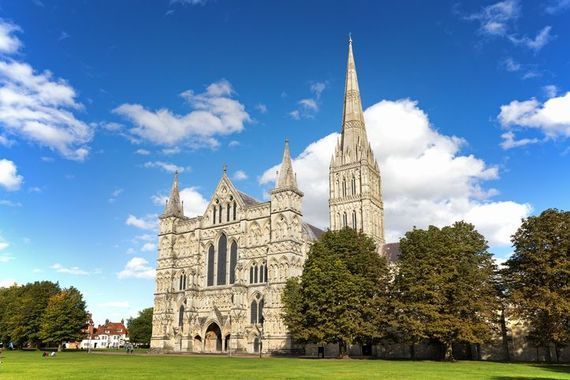
Salisbury Cathedral, Wiltshire
This is another of those “if I could pick just one” topic. So many of Britain’s medieval cathedrals have superlatives of their own, but Salisbury Cathedral proves archetypal. Built between 1220 and 1258, the relative rapidity of the cathedral’s construction resulted in a single architectural style called Early English Gothic. It stands, with the tallest spire in Britain at 404 feet, in a famously scenic setting adjacent to water meadows. The 80-acre Cathedral Close is a swathe of green surrounding the building; its simple, elegant cloister is again the largest in the country. Among the treasures on display, the Chapter House holds the best surviving copy of Magna Carta.
Read more: Iconic Britain - BHT's favourite places
Border Abbeys, The Borders
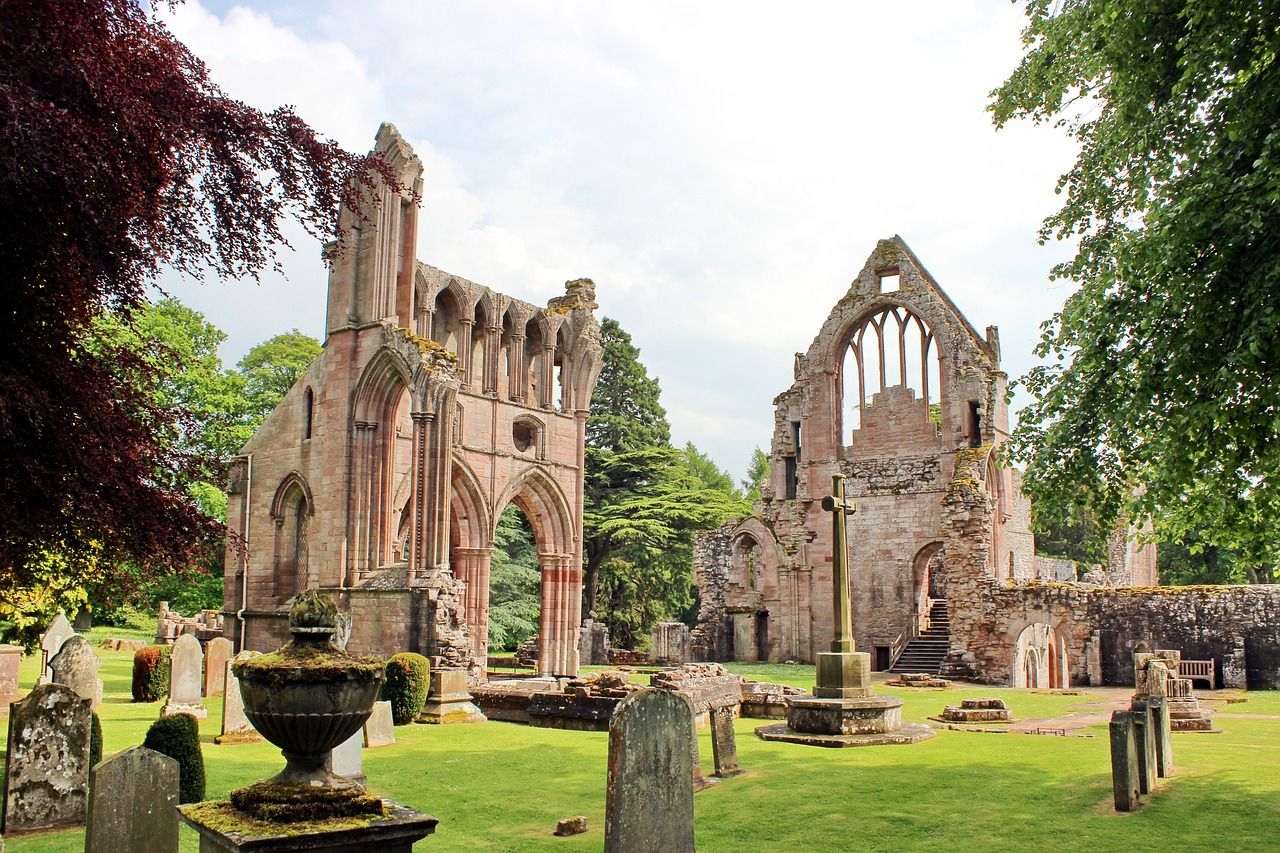
Border Abbeys, The Borders
The four 12th-century Scottish “Border Abbeys” built by King David I—Kelso, Dryburgh, Melrose, and Jedburgh—are each magnificent in their own way and each has its own historic tale to tell in the rough, lawless Border country. They are reason enough to explore the gorgeous landscapes of the River Tweed valley and surrounding hills. The romance of the Borders was the creation of Sir Walter Scott, whose tomb and memorial are at Dryburgh Abbey. Along the way, visit Scott’s home, Abbotsford, near Melrose.
Snowdonia, North Wales
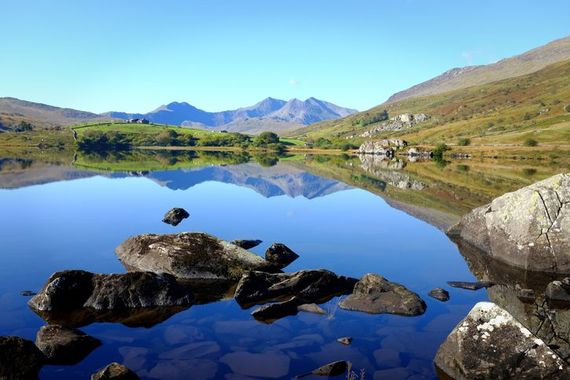
Snowdonia, North Wales
While you uncover a real taste of Wales anywhere in the country, head northwest to Snowdonia for its most scenic and dramatic expression. I love the Vale of Conwy. Start perhaps with Conwy Castle, Llandudno, and the Great Orme, follow the River Conwy to Betws-y-Coed. Then go over the mountains to Mount Snowdon for a railway climb up Wales’ highest peak. Route to Blaenau Ffestiniog, the center of the slate caverns and quarries. It’s all downhill from there to Porthmadog and a visit to the fantasy Italianate village of Portmeirion. Carry on north to Caernarfon Castle and the Isle of Anglesey.
Of course, I could enthusiastically continue, but a list that’s too long becomes impractical and impossible to fulfill. As I have said often, in Britain we are always spoiled with choice.
Read more: The great castles of North Wales





Comments